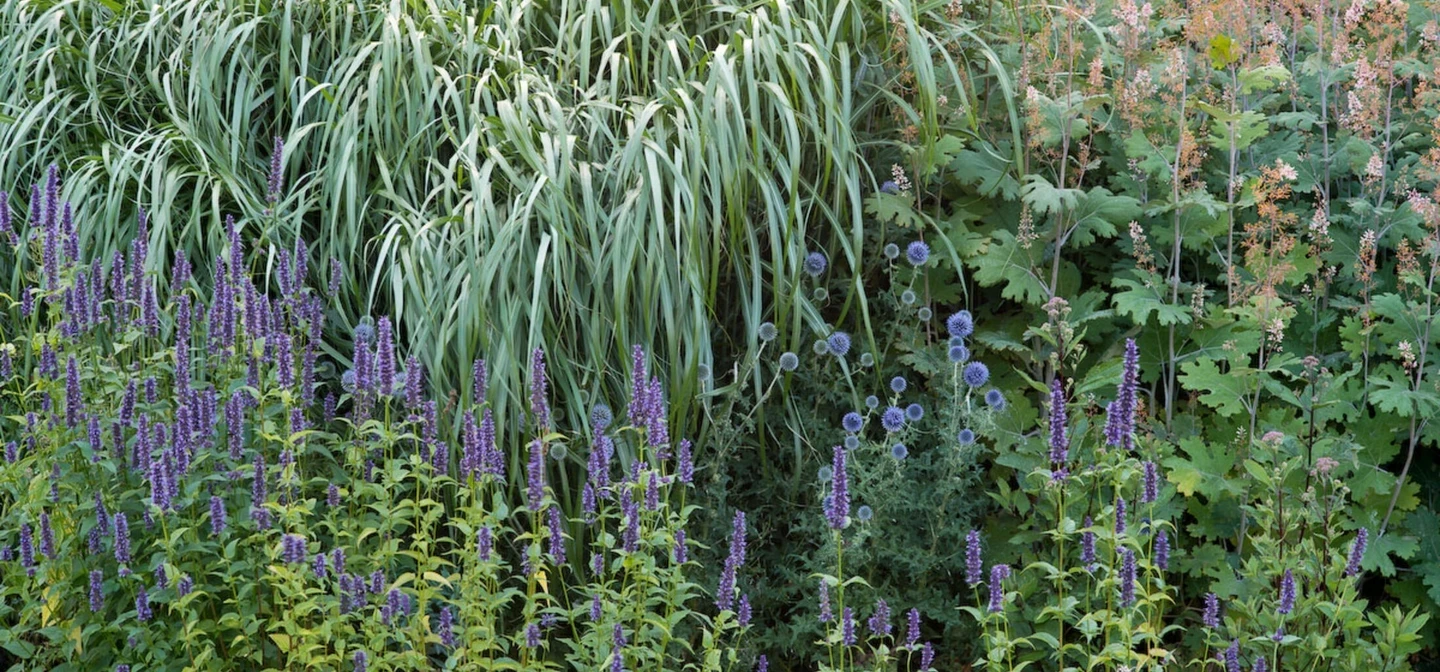
Gardening for biodiversity
Designing and planting a garden that’s pollinator-friendly is a really positive move for biodiversity. Biodiverse gardens support a greater number and range of insects, bees and butterflies. Planting just a few more pollinator-friendly plants can make a real difference in fighting climate change and species loss.
Our pollinators – the driving force behind biodiversity
Whether you’ve got a window box or a garden, gardening for biodiversity means gardening with nature, not against nature. Managing it, rather than controlling it. Creating pollinator friendly planting is always front of mind when we’re designing and planting in the Royal Parks.
But planting for pollinators doesn’t mean you have to abandon a carefully constructed planting scheme. There are a whole host of beautiful plants that are also brilliant for wildlife – both native British species and others from Europe and the Northern Hemisphere.
You don’t have to choose between beauty and biodiversity. It’s easy to have both.
In every Royal Park, we try to get a balance of wildlife-friendly planting, as well as some of the more exotic species and horticultural cultivars that visitors also appreciate.
Luckily, nature has provided an almost endless variety of flower shapes, colours and blooming times. So, with a bit of forward planning, you can create a beautiful garden or window box that also provides plenty of food, and a safe haven for pollinators and other wildlife.
Even a small space can make a big difference
Whether you have a windowsill, a balcony, or a whole garden, you can plant for biodiversity. You could create a meadow-in-a-box – perfect for a sunny windowsill – or fill an entire border with pollinator planting. At home, school or in your workplace, you can bring wildlife into your life. By creating lots of smaller, pollinator-friendly green spaces across the city, you’re helping to build pollinator pathways between bigger biodiverse hotspots – like the Royal Parks – allowing species to move through the city.
Why the shape of a flower matters if you’re a pollinator
Without pollination, plants lose one of their most common ways to reproduce – setting seed. And many species rely on insects for pollination, evolving a range of strategies to entice insects into their flower. Generally insects are lured in by the promise of nectar, and as they fly from flower to flower, they spread pollen from the male part of the plant to the female part of the plant.
Over millions of years, plants and insects have got pollination down to a fine art. Some plants are pollinated by many different types of insect, whereas other plants have co-evolved to form an almost monogamous relationship with just one insect species. You can tell one from the other by looking at the flowers. Flowers with wide open cups, such as buttercups or poppies happily welcome almost all insects – an ‘open door’ policy. Yet some like granny’s bonnet Aquilegia vulgaris seem to have co-evolved, with flower shape only accessible to long-tongued bumblebees (or sometimes cheeky bees who chew through the flower for easier access to the nectar!).
There are flowers shaped like bells, funnels, bowls and tubes. The shape, size and structure of a flower is like a natural signpost – only insects which are the right size and shape will get the nectar. And it’s not all about shape. Colour and scent are as powerfully attractive to insects as they are to us.
When you’re planting for pollinators, try to include a wide variety of shapes and colours, so there’ll be a flower to suit every insect. You can find out more about how insects interact with flowers, in our guide to flower architecture.
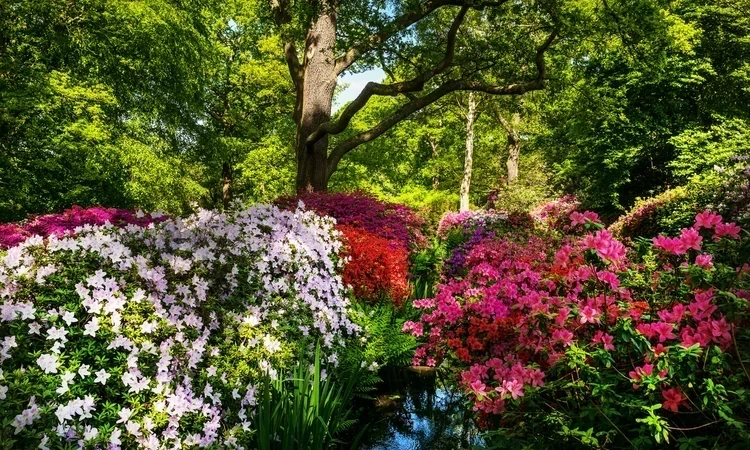
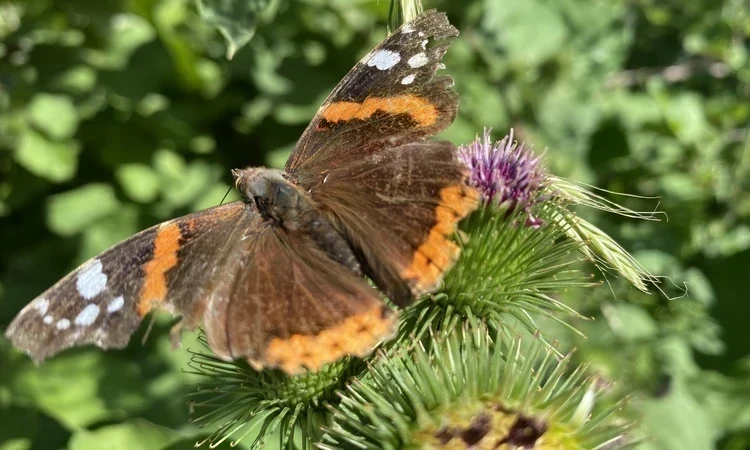
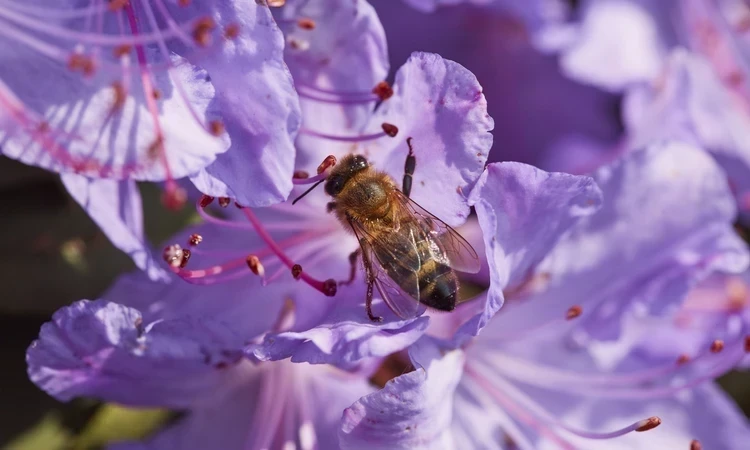
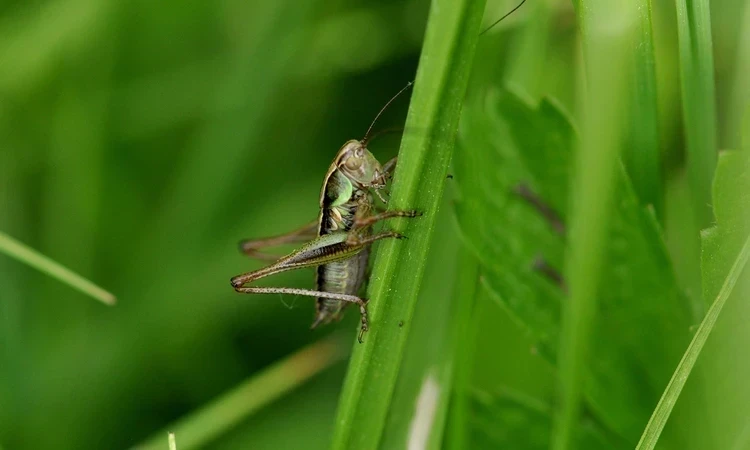
Which pollinator friendly species should I choose?
To create a truly diverse garden, try to choose a range of native flowering plants and a few others from Europe or the Northern Hemisphere. The different flowering times, shapes and colours will prolong the flowering season, so you’ll be providing food for early bees, butterflies, moths and hoverflies right through into the autumn. It also means your garden or windowsill will look lovelier for longer.
Try to include British native species, as these will be staple sources of nectar and pollen for our insects. Many species will have evolved a co-dependent ‘special relationship’ with one or two of some of our native pollinators. Lady’s smock Cardamine pratensis for example is a high value treat for orange-tip butterflies, often seen in early spring. Lady’s smock is one of the orange-tip caterpillar’s favourites and both the male and female adults drink the nectar from its flowers. Whilst foxgloves Digitalis purpurea and ox-eye daisy Leucanthemum vulgare will provide a feast for a wide range of pollinators.
Mix up your planting with some flowering plants from Europe and the Northern Hemisphere so you’re making food sources available for as long as possible each year. Pollinators such as queen bumblebees will often emerge very early in the year to look for new nest sites. Others, including ivy bees, can be active quite late into autumn. Plants from elsewhere in the Northern hemisphere should be happy growing in the British climate and they’ll provide your garden with a wide range of colours and flowering times.
If you’d like some inspiration, we’ve put together some short lists of pollinator-friendly plants for sunny and shady spots which work well together to provide colour and nectar for as long as possible.
How do I know if a plant is native or not?
Some of the common plants we see in gardens across the UK actually originate from elsewhere. The common hollyhock Alcea rosea a classic English country garden plant, was imported to the UK from China around the 15th century. That quintessentially ‘English’ lavender Lavandula angustifolia actually originates from Southern Europe and the Middle East. Even though it’s not a native, lavender is usually abuzz with bees – so it’s a fantastically pollinator-friendly plant if you can grow it. In fact, with the global rise in temperatures, we may need to start planting more drought-friendly plants from places like the Mediterranean, so our pollinators stay well-fed. However, more exotic plants, however, such as rainforest species, or those from the Southern hemisphere, are much less likely to attract our pollinators. But don’t rule them out! Nature – and gardening – is all about balance, so include some exotics with wildlife-friendly plants.
A word of caution – some non-native plants can do almost too well in our local climate. The butterfly-bush Buddleja davidii comes from China and Japan. It appears very pollinator-friendly – it’s usually covered with red admiral butterflies. But it’s very invasive and can overrun a site and elbow out other plants. So the butterflies have a ball, other important pollinators lose the chance to find nectar. But, if you really love your butterfly-bush, there’s no need to chop it down. Just remove the spent flowerheads before they set seed. Or, you could plant hybrid species such as Buddleja weyeriana hybrids which are still attractive to butterflies, but don’t easily spread.
Why not visit your local Royal Park for planting inspiration? We’ve even got a Pollinator Pathway garden at Kensington Gardens. Read about our Pollinator Strategy here, or discover our Help Nature Thrive project, committed to boosting biodiversity in every Royal Park here.
Related Articles
-
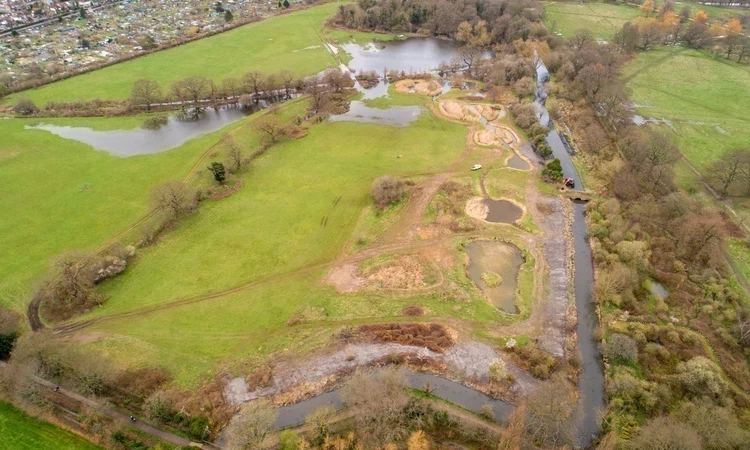 Read
ReadThe Royal Parks in a changing climate
Climate change is having a profound effect on the natural environments and wildlife of the Royal Parks.
-
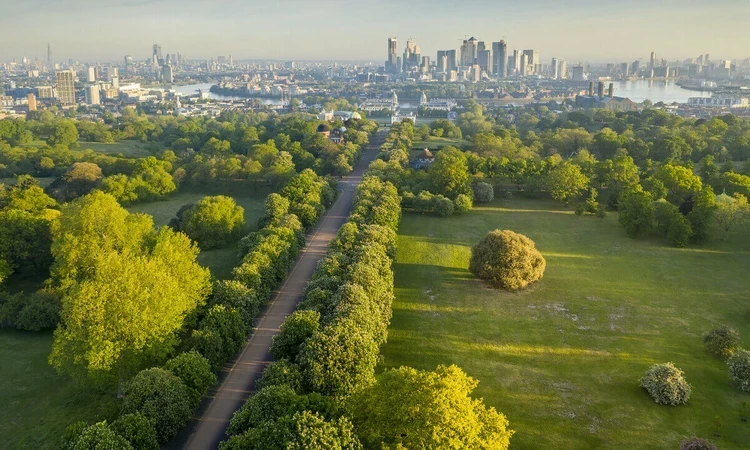 Read
ReadFutureproofing Greenwich Park’s historic tree avenues
Futureproofing Greenwich Park’s damaged landscape and historic tree avenues
-
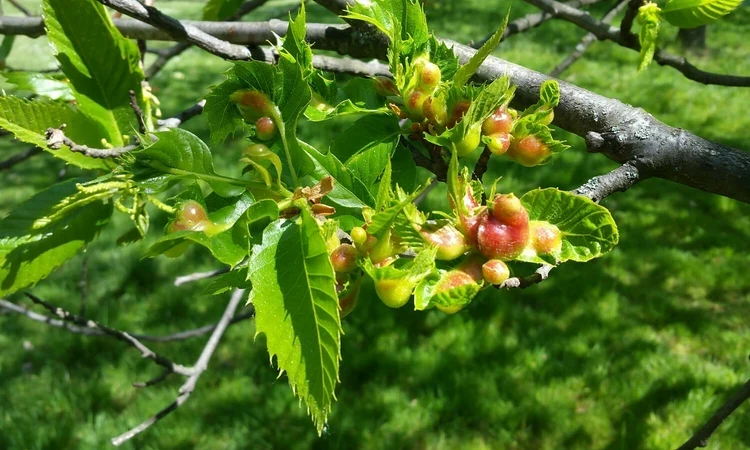 Read
ReadTree Diseases: Taking Care of London’s Trees
Managing tree disease within the Royal Parks